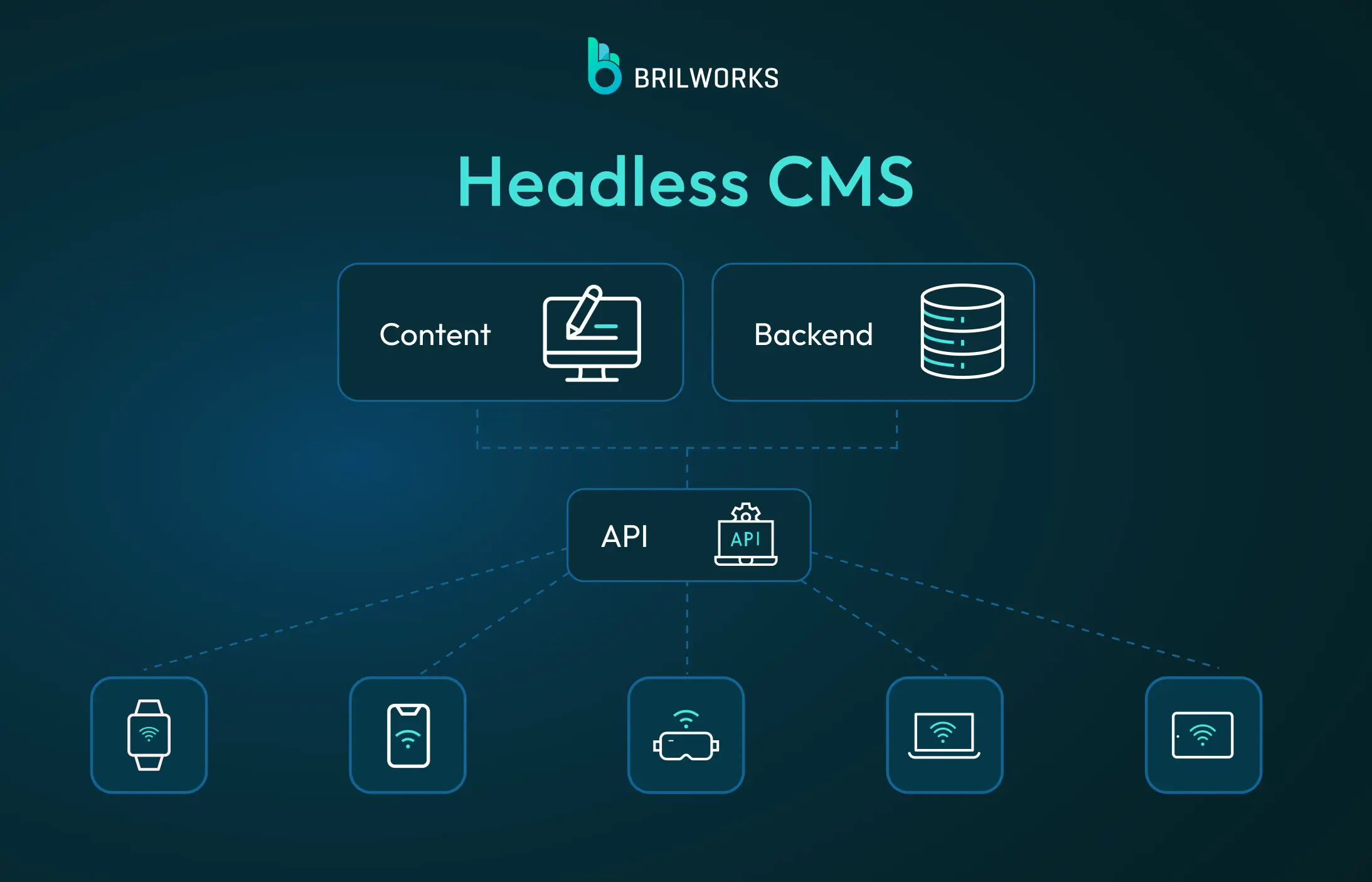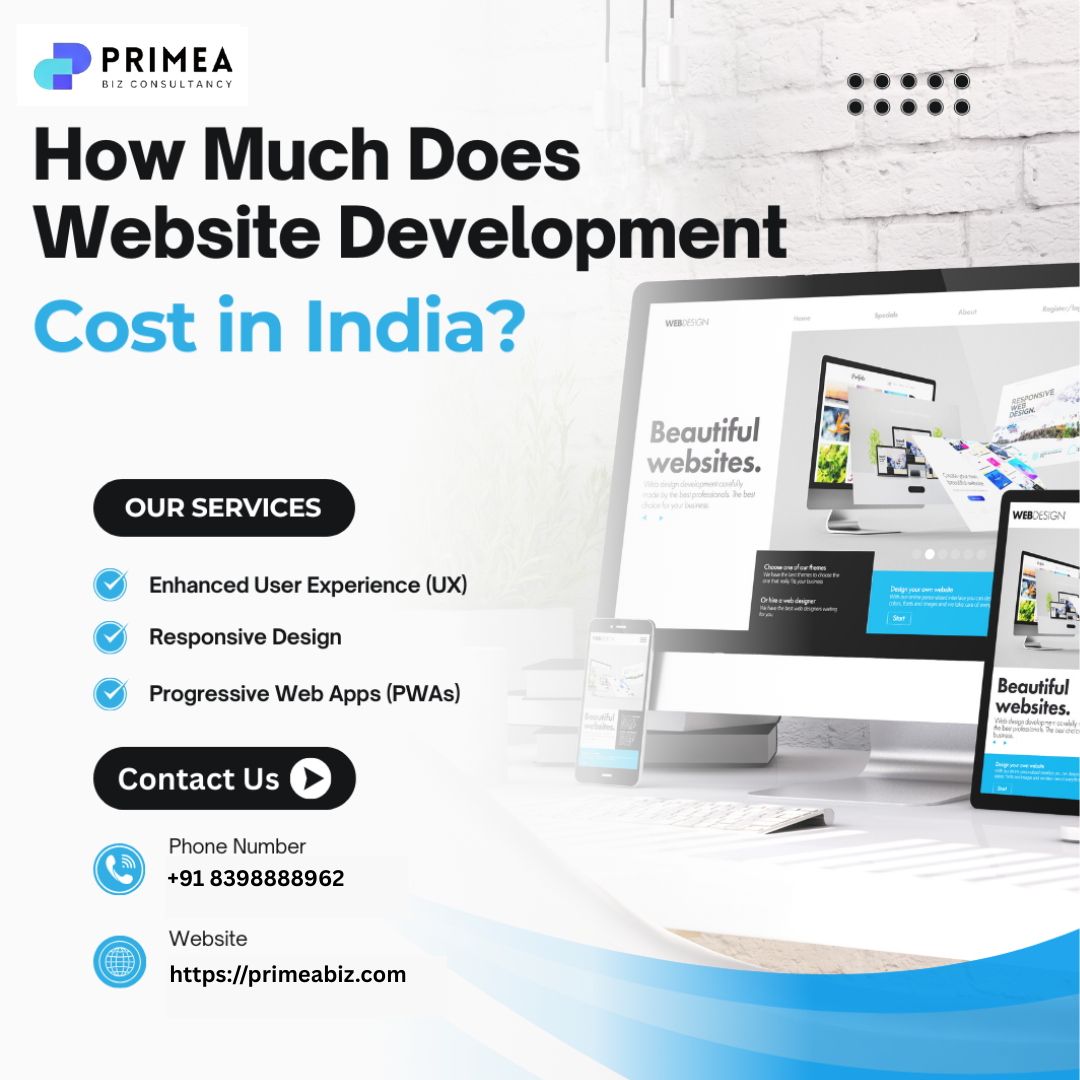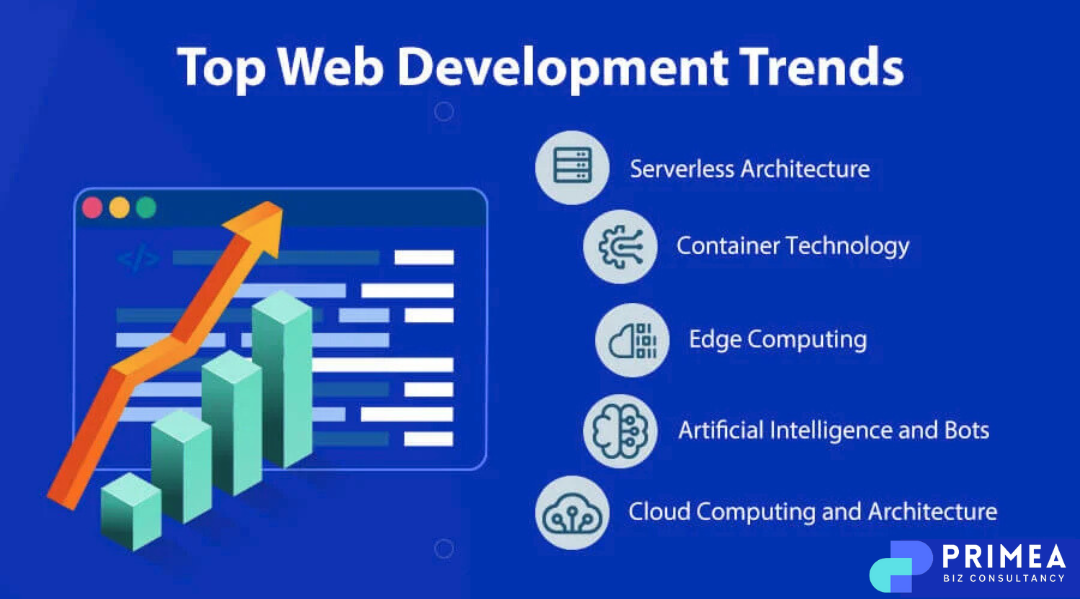The Rise of Headless CMS in 2025: Future-Ready Website Architecture
Introduction
As digital experiences evolve, businesses need faster, more flexible, and scalable websites. In 2025, the rise of headless CMS (Content Management Systems) is redefining how websites are built and managed. Unlike traditional CMS platforms, headless architecture separates the front end from the back end, allowing developers and marketers to deliver content seamlessly across web, mobile, and IoT devices.
Let’s explore why headless CMS in 2025 is the future of web development — and how it can transform your business.
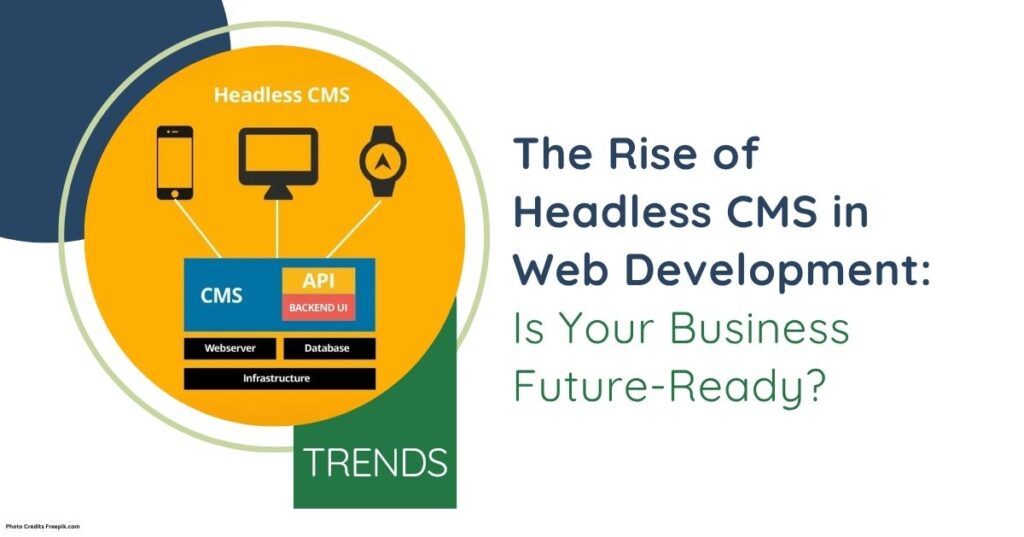
What Is a Headless CMS?
A headless CMS is a content management system where the “head” (front end) is detached from the “body” (back end).
In traditional CMS platforms like WordPress or Joomla, the content, design, and presentation are tightly connected. A headless CMS, however, delivers content via APIs to any digital channel — websites, apps, or smart devices — giving businesses more flexibility and control.
Popular headless CMS options in 2025 include Strapi, Contentful, Sanity, and Storyblok.
Why Headless CMS Is Growing in 2025
- Omnichannel Delivery
Consumers interact with brands on multiple devices. Headless CMS makes it easy to distribute content across web, mobile, smartwatch, or even VR apps using the same backend. - Faster Performance
Since the front end is built using lightweight frameworks like React, Vue, or Next.js, websites load faster and deliver smoother user experiences. - Improved Developer Flexibility
Developers can choose any technology stack while marketers continue using a familiar interface to manage content. - Enhanced Security
The separation of front and back ends reduces vulnerability to direct attacks, offering stronger data protection. - Scalability and Future Readiness
Headless architecture can integrate easily with AI tools, personalization engines, and future platforms — making it future-proof.
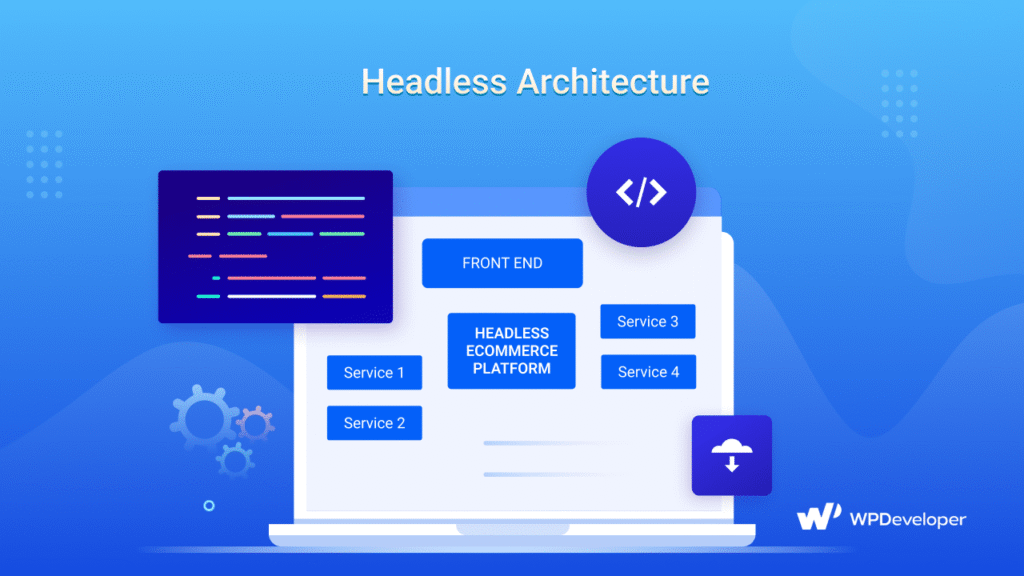
Headless CMS vs. Traditional CMS
| Feature | Traditional CMS | Headless CMS |
|---|---|---|
| Architecture | Monolithic | Decoupled |
| Flexibility | Limited | Highly customizable |
| Performance | Slower | Faster |
| Security | Moderate | Enhanced |
| Omnichannel Support | Restricted | Multi-platform ready |
In 2025, this flexibility and performance advantage are why businesses are switching from WordPress to headless CMS solutions.
Benefits of Headless CMS for Businesses
- Better Speed and SEO — Improved load times help pages rank higher on Google.
- Personalized Experiences — Easily connect with AI-based personalization tools.
- Faster Content Updates — Teams can update multiple platforms from one dashboard.
- Future-Ready Technology — Integrates smoothly with AR, VR, and AI-powered apps.
Whether you run an e-commerce store, SaaS platform, or enterprise website, headless CMS architecture ensures flexibility, control, and speed.
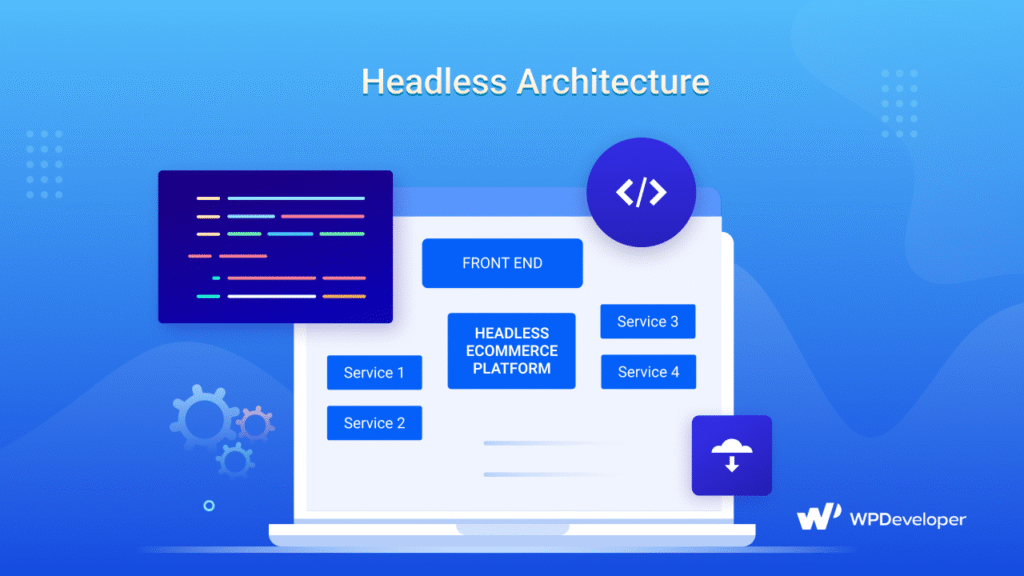
Best Practices for Adopting a Headless CMS in 2025
- Define Your Goals — Identify your channels and content needs before migration.
- Choose the Right Platform — Evaluate scalability, pricing, and developer support.
- Invest in Skilled Developers — Modern frameworks like React or Next.js require technical expertise.
- Plan for SEO Optimization — Implement dynamic metadata, structured data, and sitemap integrations.
- Ensure Security Compliance — Adopt authentication layers and secure API connections.
Conclusion
In 2025, headless CMS is no longer just a developer trend — it’s a business necessity. It empowers brands to deliver content faster, scale across devices, and stay ahead in a rapidly evolving digital landscape.
If you’re planning to build a future-ready website, Primea Biz Consultancy can help you implement modern headless CMS solutions tailored to your business growth.



